Impressive figures and promising forecasts show that the logistics industry in Vietnam can become a "golden goose" for investors with vision and strong potential.
Impressive figures and promising forecasts show that the logistics industry in Vietnam can become a "golden goose" for investors with vision and strong potential.
 |
| Vietnam's logistics sector is growing rapidly and attracting the attention of many foreign investors. |
The "extended arm" of the world's factory
According to Cushman & Wakefield, Vietnam is the top choice of global investors in the logistics industry in the Asia- Pacific region.
The Foreign Investment Agency ( Ministry of Planning and Investment ) said that as of September 30, 2024, the total newly registered capital, adjusted capital, and capital contribution to buy shares and purchase capital contributions by foreign investors reached more than 24.78 billion USD, an increase of 11.6% over the same period in 2023. The realized capital of foreign investment projects is estimated at about 17.3 billion USD, an increase of 8.9% over the same period in 2023.
This shows that Vietnam is a "bright star" attracting investment in Southeast Asia.
Notably, with a large market size and a rapidly increasing number of online consumers, Vietnam's e-commerce market also has a spectacular growth rate. Specifically, Vietnam's total e-commerce revenue in the first 9 months of 2024 reached 227,700 billion VND...
Ms. Trang Bui, General Director of Cushman & Wakefield, commented that Vietnam is becoming a destination for many businesses in the manufacturing and logistics sectors. This is coupled with the increasing demand for high-quality logistics real estate.
Vietnam currently has more than 30,000 registered enterprises operating in the logistics sector. Domestic enterprises account for 89% in number, but only 30% of the market share. Meanwhile, the number of joint venture enterprises accounts for 10% and 1% are 100% foreign-owned enterprises, but account for 70% of the market share.
Especially in the last months of the year, when demand from the retail market is forecast to increase many times, especially the appearance of the "storm" of e-commerce platform Temu, and soon Shein, will make the "thirst" for factory and warehouse supply even more intense.
Cushman & Wakefield said that supply cannot meet demand, increasing competitive pressure on retail and transportation businesses.
With favorable geographical features, as well as strongly invested infrastructure and a series of investment promotion policies from the Government, it can be said that Vietnam has all the necessary factors to attract "eagles" to nest.
“The impressive numbers and promising forecasts we observed show that the potential of logistics in Vietnam is huge,” said Ms. Trang Bui.
Infrastructure is an essential part of unlocking the full potential and successful development of the logistics market. According to PwC, Vietnam is the leading country in Asia in infrastructure investment and is spending about 5.7% of GDP on this sector. The government aims to meet the needs of import and export of goods, trade between regions in the country and transit and transit for countries in the region as well as domestic and international passenger transport needs by 2030.
With the above attractive conditions, Vietnam is fully capable of competing with Dubai and Hong Kong, even Singapore or Shanghai. The growth rate of the logistics sector in Vietnam has always been maintained at over 2 digits, while domestic enterprises only focus on basic services. This has become a lucrative "piece of cake" for foreign logistics enterprises.
M&A in the logistics sector is always sought after.
According to Dr. Le Minh Phieu, founding and managing lawyer of LMP Lawyers, this year there are also companies that are doing well, mergers and acquisitions (M&A) activities are taking place as usual. That shows that M&A is still attractive to them.
Along with medical equipment, healthcare, retail, F&B, logistics is always an industry that receives great attention from foreign investors.
“Logistics is considered the backbone of the entire economy as manufactured products are increasing, leading to the need for an optimal and efficient logistics system to shorten the circulation time and reduce costs when reaching the end customer,” said Mr. Le Minh Phieu.
In early 2024, the Vietnam-Singapore Industrial Park Joint Venture Company (VSIP) completed a logistics center in Quang Ngai, with an investment capital of more than 17 million USD.
Sembcorp is one of the “big guys” who saw the growth potential of the Vietnamese logistics market early on and invested heavily in this field. Following that, many international giants also actively sought opportunities in the Vietnamese market. This caused the number of foreign investment projects in the logistics sector in Vietnam to increase sharply.
The vast majority of foreign investors choose the form of joint ventures (50.4% of projects) and 100% foreign capital (48.7% of projects) when investing in the logistics sector in Vietnam. A few projects (0.9%) choose the form of business cooperation contracts and are all projects licensed from 2010 or earlier.
Mr. Dinh Hoai Nam, Director, Head of Business Development Department of SLP Vietnam, said that the company's investment strategy is to work directly with infrastructure development units because it does not want to participate in the process of project application or site clearance. Therefore, the company chooses the M&A method, acquiring businesses with land funds.
On the other hand, Mr. Le Minh Phieu commented that the bustling M&A activities in the logistics sector partly come from the fact that domestic enterprises are "weaker" than foreign enterprises. Therefore, when entering Vietnam, foreign investors will immediately think of finding potential domestic enterprises to acquire, leading to the situation that "domestic enterprises have not yet grown up before being M&A".
Domestic enterprises have almost no experience in negotiation. They even lack the expertise to analyze capital contribution ratio, voting ratio, and the sale of part or all of a business’s products and services. This is one of the disadvantages of M&A.
Acknowledging that domestic logistics enterprises still face many difficulties, Mr. Dinh Thanh Son, Deputy General Director of Viettel Post Corporation, said that, in addition to reasons such as incomplete and inconsistent legal regulations, unsynchronized transport and logistics infrastructure, the basic reason is that domestic enterprises still face difficulties in investment capital, human resources, lack of experience... leading to difficulties in expanding the scale of operations and competition.
Therefore, the M&A trend is inevitable for the Vietnamese logistics market. This can be considered a shortcut to development. The growth rate of Vietnam's logistics in recent years has reached 14-16%/year, with an estimated revenue of about 40-42 billion USD/year, so it requires professionalism from FDI enterprises to expand the scale and participate more deeply in the logistics supply chain.
Source: https://baodautu.vn/trien-vong-ma-trong-linh-vuc-logistics-d228586.html





![[Photo] Prime Minister Pham Minh Chinh receives the delegation of the Semiconductor Manufacturing International (SEMI)](https://vphoto.vietnam.vn/thumb/1200x675/vietnam/resource/IMAGE/2025/11/06/1762434628831_dsc-0219-jpg.webp)
![[Photo] Closing of the 14th Conference of the 13th Party Central Committee](https://vphoto.vietnam.vn/thumb/1200x675/vietnam/resource/IMAGE/2025/11/06/1762404919012_a1-bnd-5975-5183-jpg.webp)








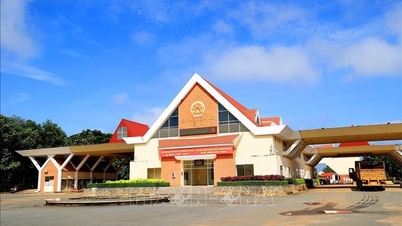
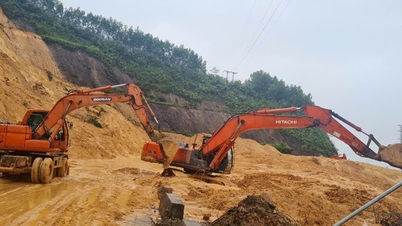












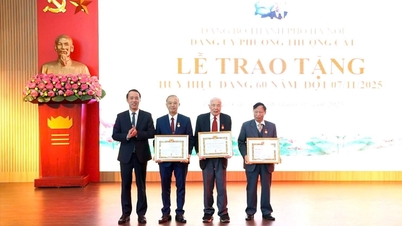



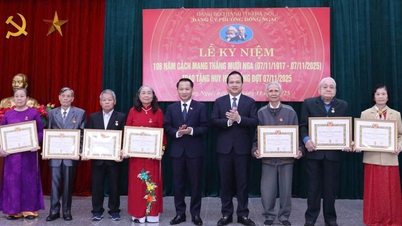






































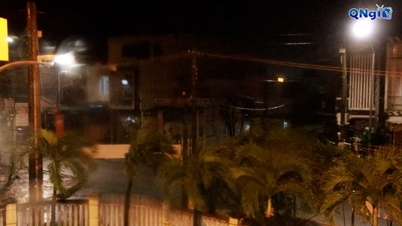
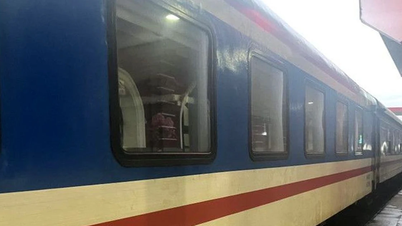

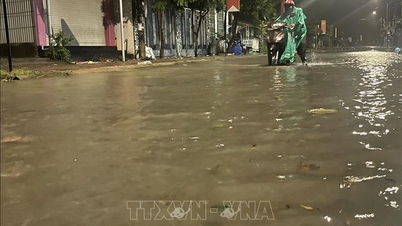





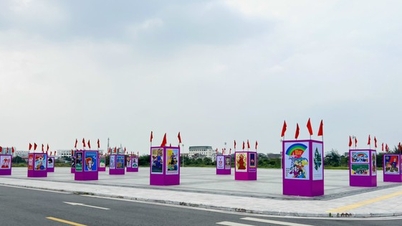






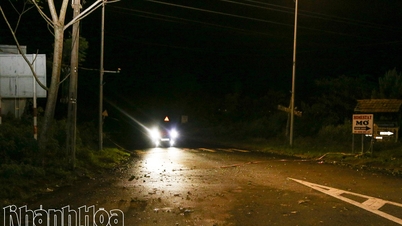

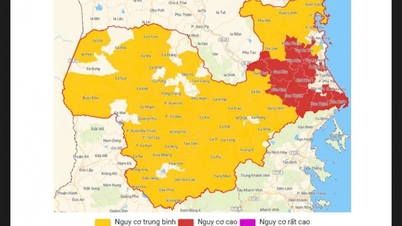


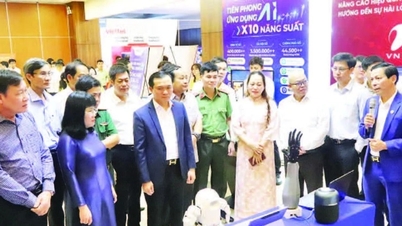

















Comment (0)